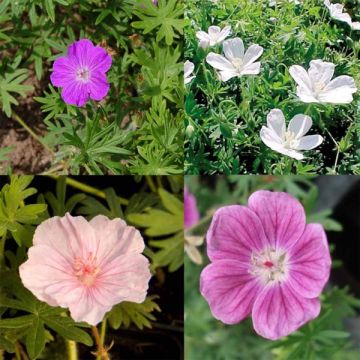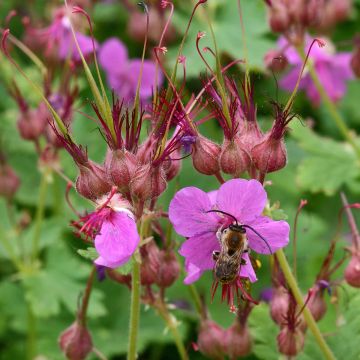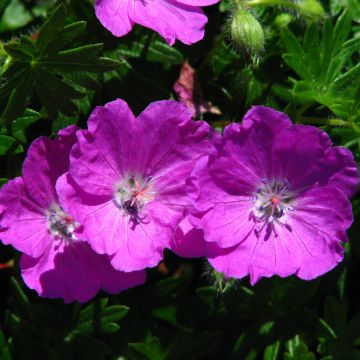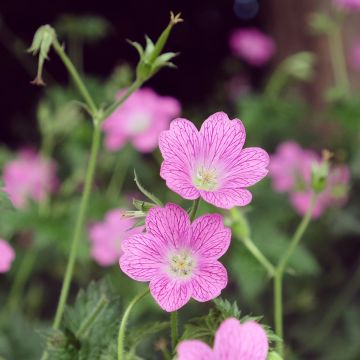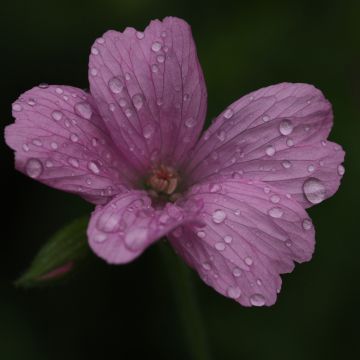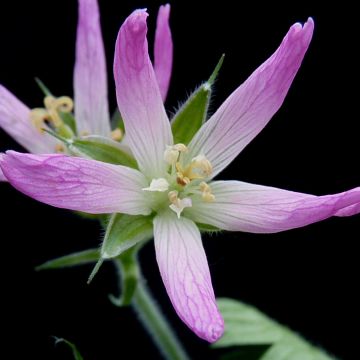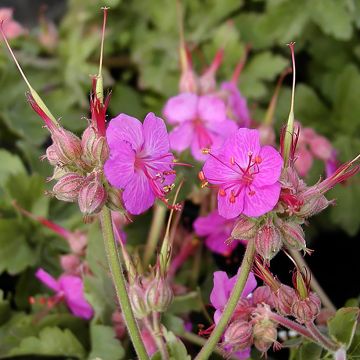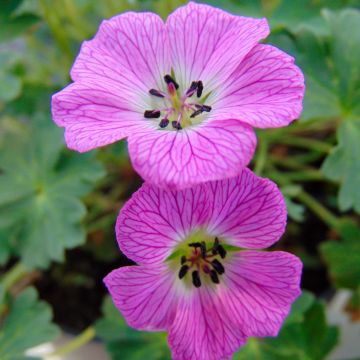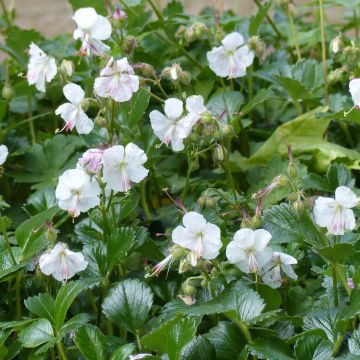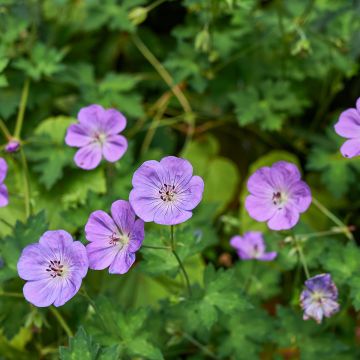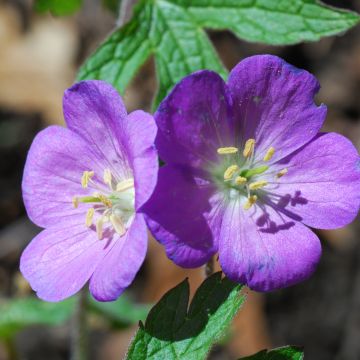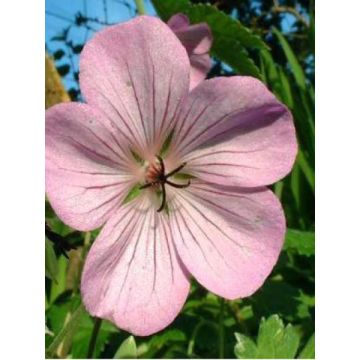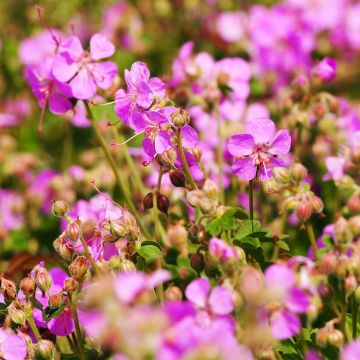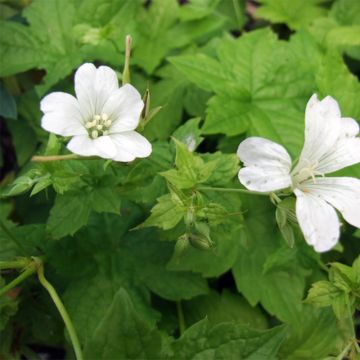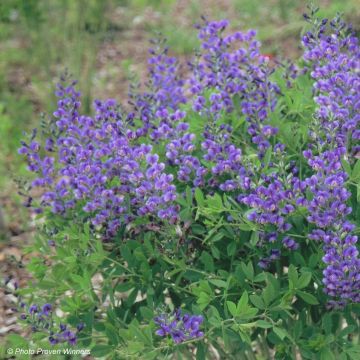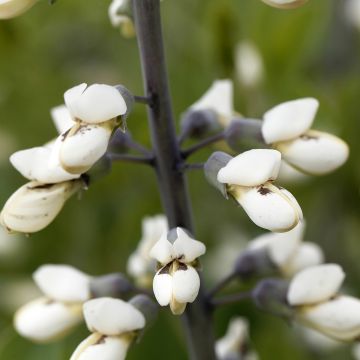

Geranium macrorrhizum Olympos
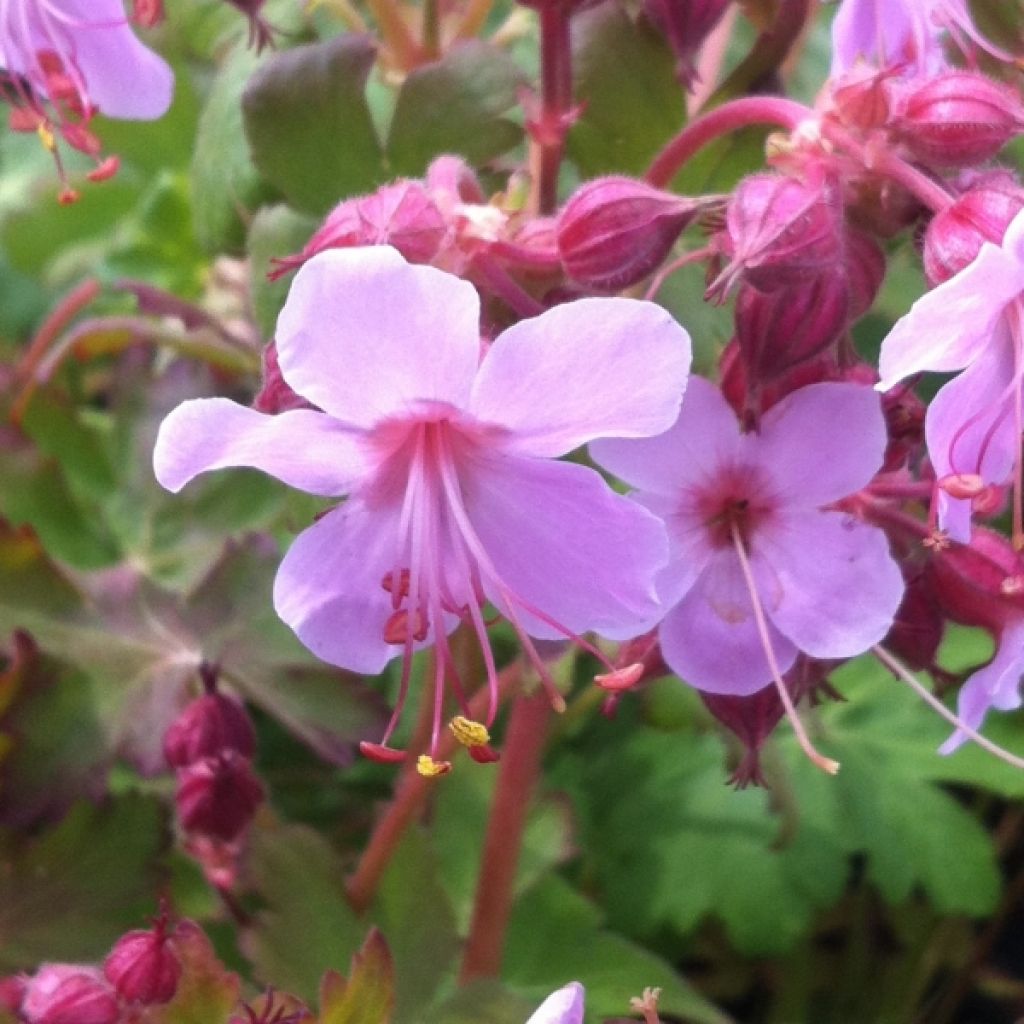

Geranium macrorrhizum Olympos
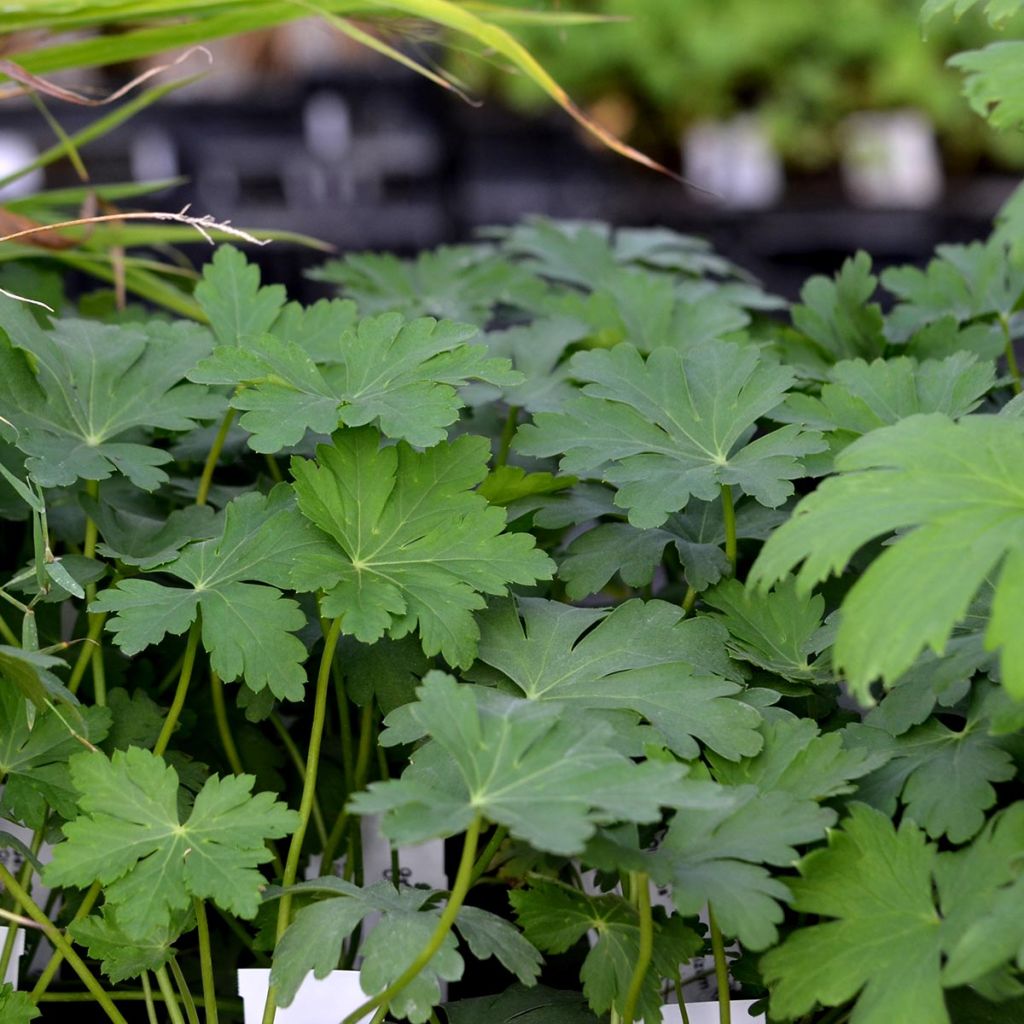

Geranium macrorrhizum Olympos
Geranium macrorrhizum Olympos
Geranium macrorrhizum Olympos
Bigroot Geranium, Bulgarian Geranium, Rock Cranesbill, Hardy Geranium
I adore the young plant you sent me.
Alice Yarrington , 22/11/2024
Why not try an alternative variety in stock?
View all →This plant carries a 12 months recovery warranty
More information
We guarantee the quality of our plants for a full growing cycle, and will replace at our expense any plant that fails to recover under normal climatic and planting conditions.
From €5.90 for pickup delivery and €6.90 for home delivery
Express home delivery from €8.90.

Does this plant fit my garden?
Set up your Plantfit profile →
Description
Geranium macrorrhizum Olympos is a decorative perennial ground cover plant, low-maintenance and easy to grow in all regions. It is a pretty variety of Geranium with large roots, whose long rhizomes gradually colonise the space, including under trees, discouraging the growth of weeds. In spring its flowers appear in cup shape, displaying a lovely pinkish-purple shade. They emerge above a fuzzy foliage, very aromatic when touched. It often changes colour in autumn and persists when the winter is not too cold. It is a shade-loving plant well adapted to cold winters, dry summers, and alkaline soils.
Geranium macrorrhizum Olympos was discovered in 1996 on the eastern slope of Mount Olympus, Greece. In its native lands it thrives on rocky scree and poor soils that are dry in summer. This large rhizomatous Geranium is an herbaceous plant of the Geraniaceae family, with a perennial stump, which grows in colonies in the understory of woodlands. The 'Olympos' variety is distinguished by smaller and less hairy leaves, as well as flowers of a lovely colour ranging between pink and violet, which stand out well in shaded areas. The plant forms a dense mat-like clump, about 30-35 cm (12-14in) tall when in bloom and at least 50 cm (20in) wide. Through trailing, thick, and fleshy rhizomes, it spreads quite rapidly and can eventually form a wide and very effective carpet. Flowering mainly takes place from April to June, depending on the climate, and can sporadically occur in summer, in cool soil. The 5-petaled flowers measure about 2 cm (1in) in diameter and are gathered in corymbs carried by stems above the foliage. The latter, more or less evergreen in winter, consists of round, deeply divided leaves with seven medium green lobes. Their surface, covered with glandular hairs loaded with essential oil, is slightly sticky to the touch. Their strong, pungent, and long-lasting scent is somewhat reminiscent of rhubarb. They adorn themselves with beautiful autumnal colours, red, orange, or bronze.
Geranium macrorrhizum Olympos is an excellent perennial that every enthusiast should welcome into their garden due to its ease of cultivation in all regions and the invaluable services it provides in choking off weeds. In open woodland it can be associated with small periwinkles, small Naples cyclamen, or epimediums. On the edge of a sunny bed, it will accompany Teucrium chamaedrys, Stachys, or the coral pink-flowered Heuchera Firefly. A border of Geranium macrorrhizum Olympos will form a very elegant festoon at the foot of an evergreen shrub hedge.
Report an error about the product description
Geranium macrorrhizum Olympos in pictures
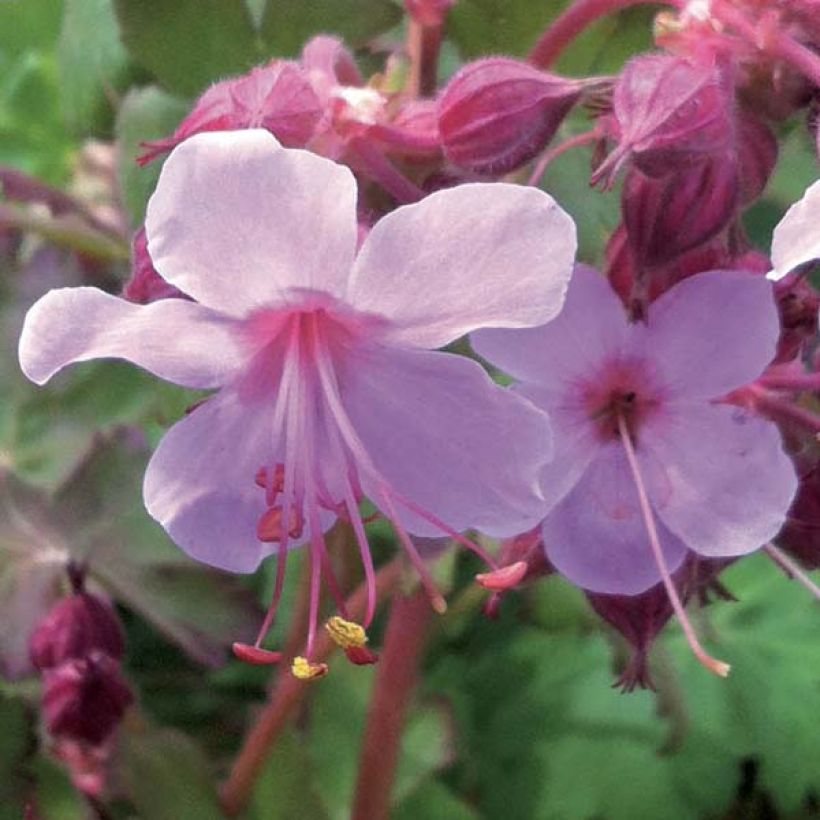

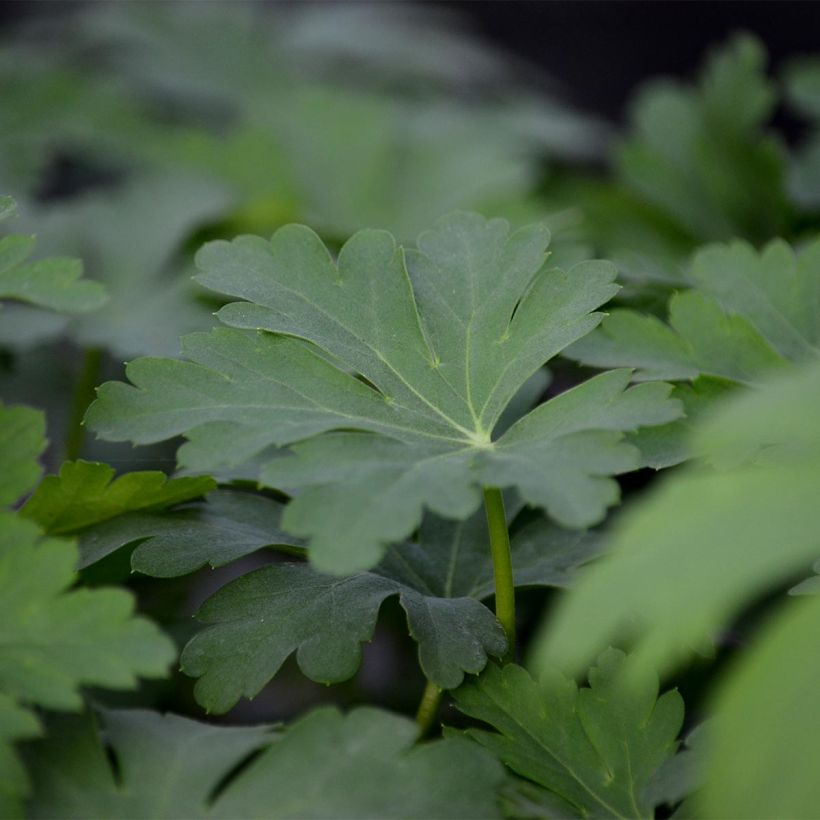

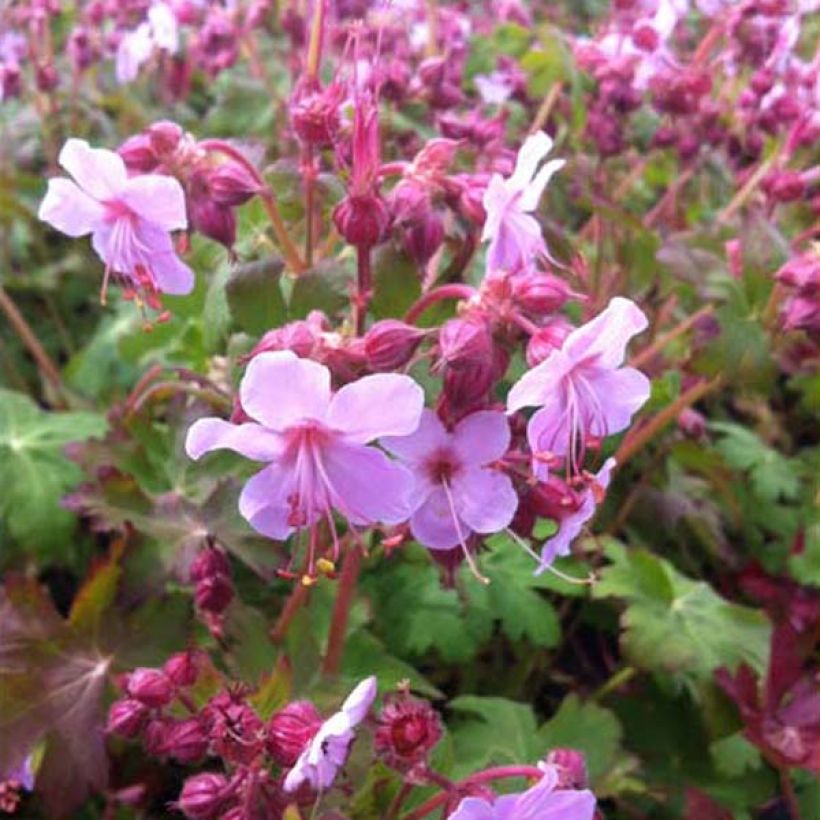

Flowering
Foliage
Plant habit
Botanical data
Geranium
macrorrhizum
Olympos
Geraniaceae
Bigroot Geranium, Bulgarian Geranium, Rock Cranesbill, Hardy Geranium
Southern Europe
Other Hardy Geranium - Cranesbill
Planting and care
Perennial geraniums are very hardy plants, undemanding and easy to grow anywhere in the UK. They grow well in shade, but flower better in the sun. However avoid hot situations: in Mediterranean areas, for example, it is preferable to plant them in an east-facing position. They prefer loose, well-drained soils, quite deep, even if they are calcareous and dry in summer.
Planting period
Intended location
Care
-
, onOrder confirmed
Reply from on Promesse de fleurs
Spring flowering perennials
Haven't found what you were looking for?
Hardiness is the lowest winter temperature a plant can endure without suffering serious damage or even dying. However, hardiness is affected by location (a sheltered area, such as a patio), protection (winter cover) and soil type (hardiness is improved by well-drained soil).

Photo Sharing Terms & Conditions
In order to encourage gardeners to interact and share their experiences, Promesse de fleurs offers various media enabling content to be uploaded onto its Site - in particular via the ‘Photo sharing’ module.
The User agrees to refrain from:
- Posting any content that is illegal, prejudicial, insulting, racist, inciteful to hatred, revisionist, contrary to public decency, that infringes on privacy or on the privacy rights of third parties, in particular the publicity rights of persons and goods, intellectual property rights, or the right to privacy.
- Submitting content on behalf of a third party;
- Impersonate the identity of a third party and/or publish any personal information about a third party;
In general, the User undertakes to refrain from any unethical behaviour.
All Content (in particular text, comments, files, images, photos, videos, creative works, etc.), which may be subject to property or intellectual property rights, image or other private rights, shall remain the property of the User, subject to the limited rights granted by the terms of the licence granted by Promesse de fleurs as stated below. Users are at liberty to publish or not to publish such Content on the Site, notably via the ‘Photo Sharing’ facility, and accept that this Content shall be made public and freely accessible, notably on the Internet.
Users further acknowledge, undertake to have ,and guarantee that they hold all necessary rights and permissions to publish such material on the Site, in particular with regard to the legislation in force pertaining to any privacy, property, intellectual property, image, or contractual rights, or rights of any other nature. By publishing such Content on the Site, Users acknowledge accepting full liability as publishers of the Content within the meaning of the law, and grant Promesse de fleurs, free of charge, an inclusive, worldwide licence for the said Content for the entire duration of its publication, including all reproduction, representation, up/downloading, displaying, performing, transmission, and storage rights.
Users also grant permission for their name to be linked to the Content and accept that this link may not always be made available.
By engaging in posting material, Users consent to their Content becoming automatically accessible on the Internet, in particular on other sites and/or blogs and/or web pages of the Promesse de fleurs site, including in particular social pages and the Promesse de fleurs catalogue.
Users may secure the removal of entrusted content free of charge by issuing a simple request via our contact form.
The flowering period indicated on our website applies to countries and regions located in USDA zone 8 (France, the United Kingdom, Ireland, the Netherlands, etc.)
It will vary according to where you live:
- In zones 9 to 10 (Italy, Spain, Greece, etc.), flowering will occur about 2 to 4 weeks earlier.
- In zones 6 to 7 (Germany, Poland, Slovenia, and lower mountainous regions), flowering will be delayed by 2 to 3 weeks.
- In zone 5 (Central Europe, Scandinavia), blooming will be delayed by 3 to 5 weeks.
In temperate climates, pruning of spring-flowering shrubs (forsythia, spireas, etc.) should be done just after flowering.
Pruning of summer-flowering shrubs (Indian Lilac, Perovskia, etc.) can be done in winter or spring.
In cold regions as well as with frost-sensitive plants, avoid pruning too early when severe frosts may still occur.
The planting period indicated on our website applies to countries and regions located in USDA zone 8 (France, United Kingdom, Ireland, Netherlands).
It will vary according to where you live:
- In Mediterranean zones (Marseille, Madrid, Milan, etc.), autumn and winter are the best planting periods.
- In continental zones (Strasbourg, Munich, Vienna, etc.), delay planting by 2 to 3 weeks in spring and bring it forward by 2 to 4 weeks in autumn.
- In mountainous regions (the Alps, Pyrenees, Carpathians, etc.), it is best to plant in late spring (May-June) or late summer (August-September).
The harvesting period indicated on our website applies to countries and regions in USDA zone 8 (France, England, Ireland, the Netherlands).
In colder areas (Scandinavia, Poland, Austria...) fruit and vegetable harvests are likely to be delayed by 3-4 weeks.
In warmer areas (Italy, Spain, Greece, etc.), harvesting will probably take place earlier, depending on weather conditions.
The sowing periods indicated on our website apply to countries and regions within USDA Zone 8 (France, UK, Ireland, Netherlands).
In colder areas (Scandinavia, Poland, Austria...), delay any outdoor sowing by 3-4 weeks, or sow under glass.
In warmer climes (Italy, Spain, Greece, etc.), bring outdoor sowing forward by a few weeks.


































